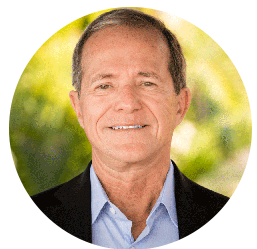Thoracic Facet Syndrome Course 1 hour 30 minutes
Course #3 in the Series, these 9 video modules guide you through the entire process of a Thoracic Facet Debridement and Rhizotomy for Facet Syndrome. You also get access to the ESA members-only Forum.
Module 1 : Overview
7min.
Module 2 : Diagnostics
The Diagnostics/Evaluation module describes the pathway needed to arrive at a diagnosis. This includes important parts of the history as well as what to look for in the appropriate imaging studies. It describes any diagnostic injections necessary to confirm a diagnosis.
8min.
Module 3 : Schedule and Consent
The Schedule and Consent module shows the appropriate terminology needed for your office to schedule the surgery and write the consent.
2min.
Module 4 : Instruments and Equipment
The Instruments/Equipment module gives a detailed explanation and checklist of all the equipment that you and your facility will need to provide and perform a procedure. You need to know exactly what is required in the operating room. This knowledge reduces stress and creates a relaxing OR environment.
5min.
Module 5 : Anesthesia and Positioning
The Anesthesia and Positioning module discusses preoperative anesthesia alternatives as well as anesthesia for the procedure. There is a video that shows the best way to position the patient for each procedure, with detailed instruction about taping and arm placement. There is nothing worse than a patient in recovery complaining about a problem not related to the surgery.
8min.
Module 6 : The Procedure
The Surgery module is a narrated video from start to finish of the procedure. It shows the operating room setup, position of patient on the table and every detail of the surgery beginning with injection of local anesthesia and then the surgery itself.
42min.
Module 7 : Post Op
The Postop module discusses post op care and any complications that you need to be aware of. This includes use of antibiotics, wound care and activity.
5min.
Module 8 : Dictation
The Dictation module discusses the importance of proper word use in the operative dictation. This describes words that should not be used in the operative dictation to avoid having your dictation flagged or denied.
4min.
Module 9 : Billing
The Billing module gives you the CPT codes that match the operative dictation. This should help you get the best reimbursement for each procedure.
2min.
Dr. Tony Mork, MD
Instructor
Hi I’m Dr Tony Mork, endoscopic spine specialist. I was a knee and shoulder surgeon for my first 16 years of practice before going 100% spine in 1998. I bought my first Wolf transforaminal tray with a YESS scope in 2001. I have a 100% endoscopic spine practice and have never performed a fusion – there are better ways to cure back pain.
Ready to get started?
Purchase course, or get in touch

